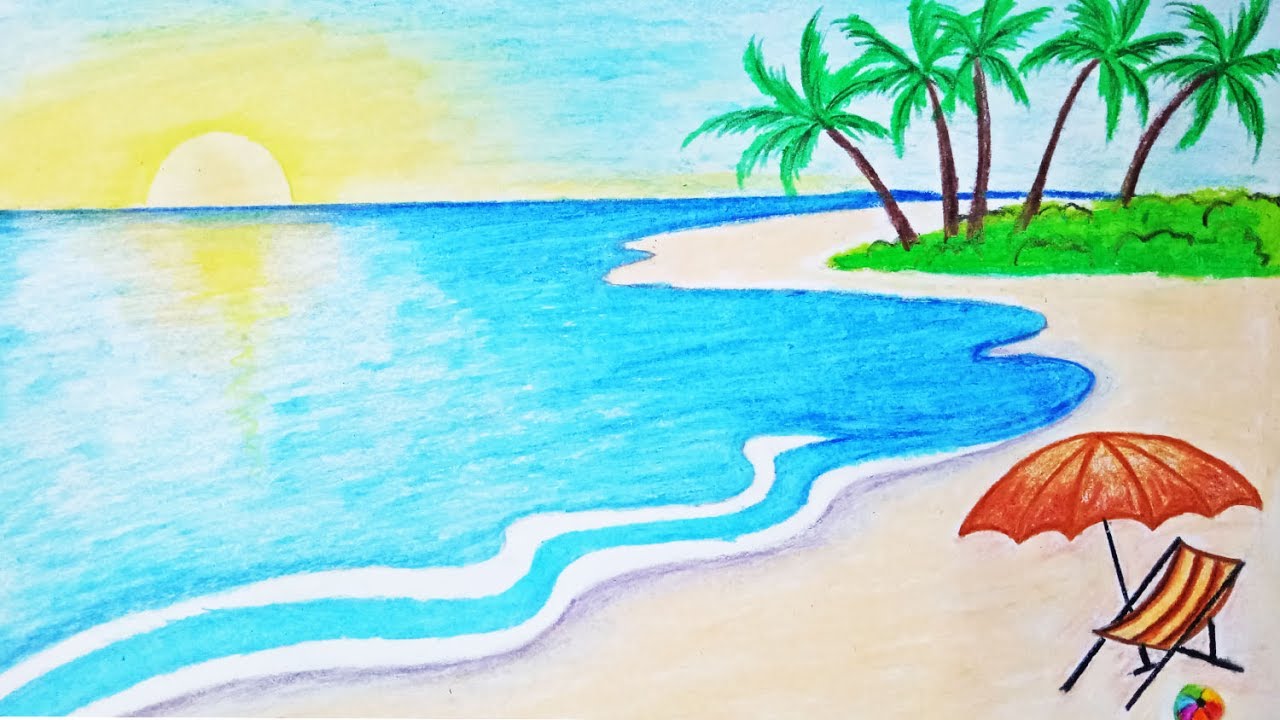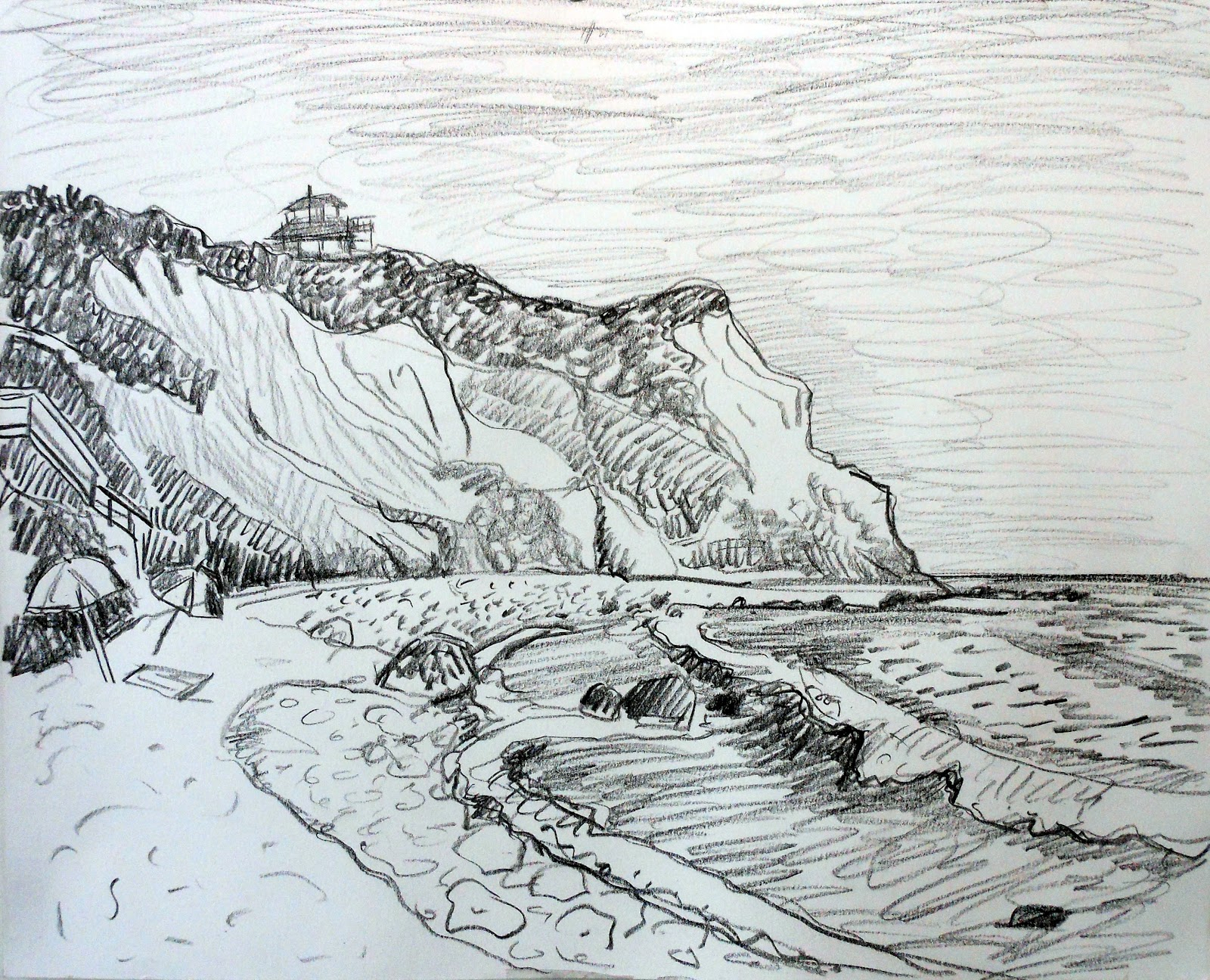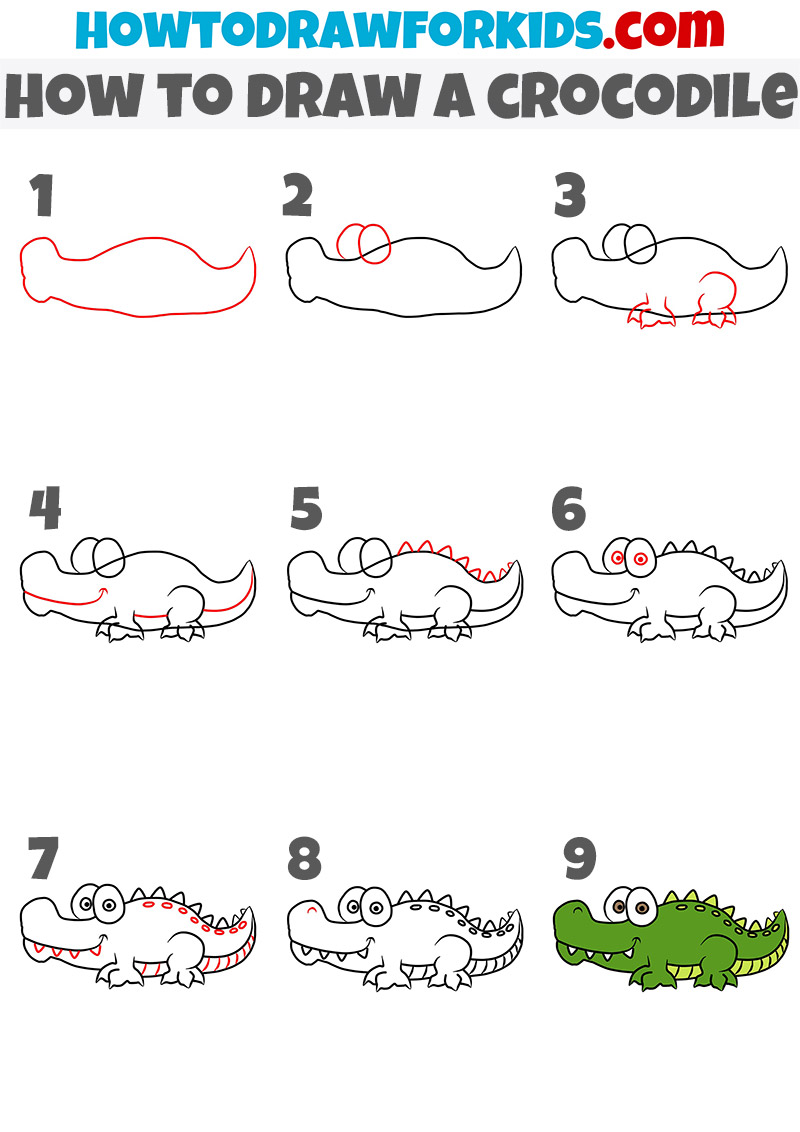Beach ocean sea waves sketch vector illustration seaside shore grass clouds drawn hand vectors
Table of Contents
Table of Contents
Who doesn’t love the seaside? The smell of salt in the air, the sound of waves crashing, and the gentle breeze on your face. It’s no wonder so many people want to learn how to draw the seaside. In this blog post, we’ll explore the best tips and tricks for drawing a seaside landscape.
Pain Points
Drawing a seaside landscape can be challenging for beginners. It can be difficult to accurately capture the waves, sand, and sky. The colors can be tricky, and it can be hard to get the proportions right. Without the proper techniques and guidance, a seaside landscape can end up looking flat and lifeless, instead of lively and evocative.
How to Draw a Seaside
The key to a successful seaside drawing is to start with the basics. Start with the horizon line, which is the line where the ocean meets the sky. From there, you can work on creating the waves, which follow a rhythmic pattern. Add in some sand, which is made up of small, wavy lines. Finally, add in some sky, which can be a variety of colors depending on the time of day.
It’s important to keep in mind the angle of the sunlight when drawing a seaside landscape. This will affect the placement of shadows, color temperature, and overall mood of the piece. Adding in details such as seagulls or beach umbrellas can enhance the realism of the drawing.
Summary
In summary, to draw a seaside landscape, start with the horizon line and work on the waves, sand, and sky. Keep in mind the angle of the sunlight and add in details to enhance the realism of the piece. With patience and practice, anyone can draw a stunning seaside landscape.
Step-by-Step Guide
When I first started drawing, I was intimidated by seaside landscapes. But with practice, I became more comfortable and confident in my abilities. Here’s a step-by-step guide for how to draw a simple seaside landscape:
Step 1: Draw the horizon line.
 Step 2: Sketch in the waves.
Step 2: Sketch in the waves.
 Step 3: Add in the sand.
Step 3: Add in the sand.
 Step 4: Draw the sky.
Step 4: Draw the sky.

When drawing a seaside landscape, there are a few key techniques to keep in mind. First, use light, feathery strokes to create texture in the sand and waves. Second, vary the pressure of your pen or pencil to create depth and dimension in your piece. Finally, don’t be afraid to experiment with color. A seaside landscape can be a beautiful opportunity to play with warm, vibrant shades of orange and yellow, or cooler, more muted blues and greens.
Practice Makes Perfect
As with any skill, practice is key when it comes to drawing a seaside landscape. Start with simple sketches, and work your way up to more detailed and complex pieces. Don’t be afraid to make mistakes. Each drawing is an opportunity to learn and grow as an artist.
Common Mistakes to Avoid
When learning how to draw a seaside landscape, there are a few common mistakes to avoid. First, be careful not to overwork your piece. This can result in a muddy, cluttered image. Second, be mindful of the proportions of your piece. A skewed horizon line or misplaced horizon can make the entire piece look off-balance. Finally, be sure to pay attention to the details. Small touches, like the shadow of a beach umbrella or the ripple of a wave, can make all the difference in creating a believable, compelling seaside landscape.
Question & Answer
Q: What are some good techniques for creating texture in the sand?
A: Use light, feathery strokes to create a wavy, textured effect in the sand. Vary the pressure of your pencil or pen to create depth and dimension in the piece.
Q: What are some good color schemes to use for a seaside landscape?
A: Warm, vibrant shades of orange and yellow can be used to create a sense of sunlight and warmth in your piece. Cooler, more muted blues and greens can be used to create a calming, peaceful mood.
Q: How can I make my waves look more realistic?
A: Pay attention to the rhythm of the waves, and create small, rhythmic lines to mimic the motion of the water. Use light and shadow to create depth and dimension.
Q: How do I avoid creating a muddy, cluttered image?
A: Be mindful of the amount of detail you’re including in your piece, and avoid overworking your drawing. Simplify your image and focus on the key elements.
Conclusion
Drawing a seaside landscape can be a challenge, but with practice and patience, anyone can do it. By starting with the basics, paying attention to the angle of the sunlight, and adding in small details, you can create a compelling, realistic seaside landscape. Remember to have fun and experiment with color and texture as you hone your skills as an artist.
Gallery
Ocean Or Sea Beach With Waves Sketch Stock Illustration - Download
Photo Credit by: bing.com / beach ocean sea waves sketch vector illustration seaside shore grass clouds drawn hand vectors
Phaze Animations: Seaside Painting - Sketch Book Drawings

Photo Credit by: bing.com / seaside drawings painting sketch drawing beach sea side scene book
Beach Pencil Drawing At GetDrawings | Free Download

Photo Credit by: bing.com / beach pencil drawing drawings sketch artist sketches knapp kate hole getdrawings snake
Seaside Drawing At PaintingValley.com | Explore Collection Of Seaside

Photo Credit by: bing.com / seaside drawing draw sea paintingvalley beach drawings
Ocean Or Sea Beach With Waves, Sketch. Black And White Vector

Photo Credit by: bing.com / beach ocean sea waves sketch drawing vector wave sketches draw choose board





